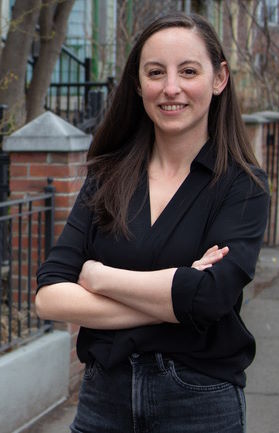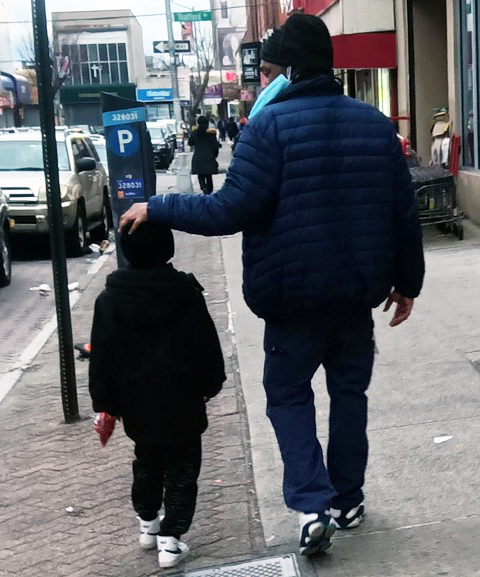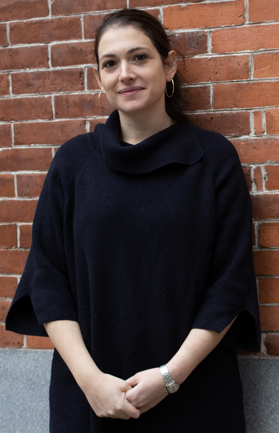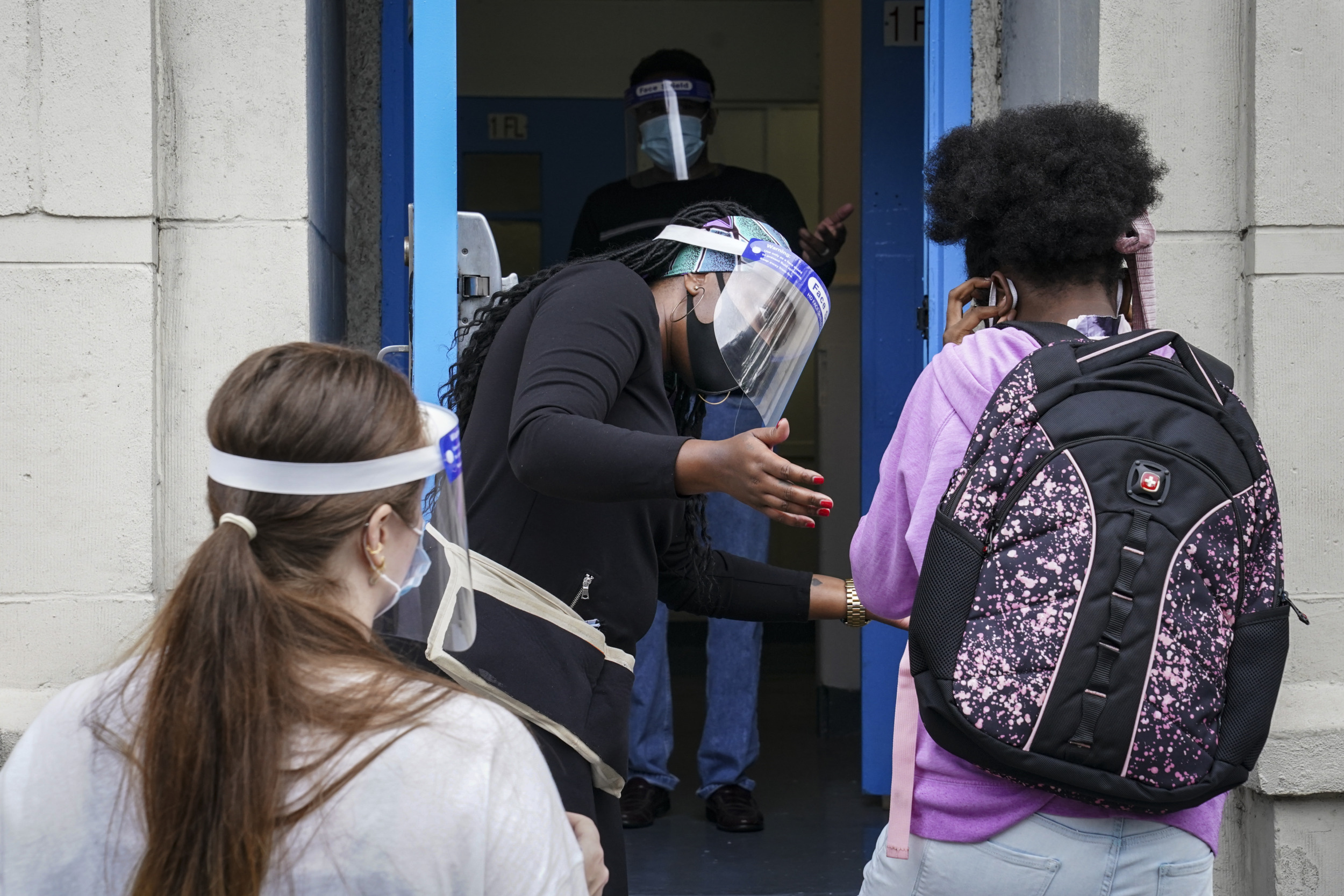In the first months of the COVID-19 pandemic, some experts worried that children confined at home would be vulnerable to abuse.
Brookings Institution scholars wrote in April 2020 that COVID had created “a perfect storm” of isolation and economic stress that would “almost certainly lead to a sharp increase in unreported cases of child abuse and neglect,” and a New York Times op-ed headline the same month warned of a coming “child abuse epidemic.”
But the evidence suggests that in some parts of the United States, including New York City, those dire predictions were wrong: while the coronavirus pandemic wreaked havoc across the country, the epidemic of child abuse never arrived.
According to a paper published today in the Columbia Law Review Forum by lawyers with the Legal Aid Society’s Juvenile Rights Practice in New York City, the data shows there was no unseen wave of child maltreatment in New York City. The COVID shutdown served as a test case of what could happen if reports were not filed, caseworkers did not show up at the door, and children who, under different circumstances, might have been placed in foster care instead remained with their parents.
For paper authors, Daniella Rohr and Melissa Friedman, the results of what they call a “natural experiment” suggest that many more children could avoid the trauma of separation and instead be cared for safely at home.
The new research supports growing criticism of the child welfare system from parents, family advocates, academic experts, and public defenders who argue that far more children are separated from their families than is truly warranted, and that many of these children could safely remain with their parents.
The system locks down

Tracy Tullis/For Youth Today
Melissa Friedman
In late March 2020, with schools shuttered and hospitals running out of beds and protective equipment, three critical pieces of New York City’s child welfare system stalled.
A child welfare case in New York is triggered when someone files a report of suspected neglect or abuse with the state’s Office of Child and Family Services.
Once a report is filed, the city’s child welfare agency, the Administration for Children’s Services (ACS), has 60 days to investigate and determine if the child is safe and well cared for.
Then, ACS may ask a city family court judge to require the child’s parents or guardians to participate in anger management classes, for example, or substance use counseling. In cases where the agency believes the child is in immediate danger, it may ask the judge to remove the child from their home and place them with a family member or in foster care.
COVID changed things.
With children home from school and routine doctors’ appointments and other activities canceled, the number of maltreatment reports fell by half.
The New York state child welfare agency waived the requirement that caseworkers visit children’s homes and directed them to conduct remote check-ins instead, unless the caseworker was unable to reach the family by video call, or if a remote visit raised concerns.
And the family court no longer allowed ACS to file petitions for court-ordered supervision; it would consider only requests for removal.
“For the first time, ACS was forced to triage the cases it filed, no longer able to seek court intervention for less severe cases,” Friedman and Rohr wrote. “On every level — reporting, investigation, monitoring, and court intervention — New York City’s child welfare apparatus dramatically shrunk its footprint.”
[Related: New York’s mandatory reporter training wants to have it both ways. That’s an improvement.]
As a result, the numbers of children placed in foster care dramatically decreased: from April through June 2020, roughly half as many children were removed from their families compared with the same period the previous three years, according to Friedman and Rohr’s analysis.
If these plummeting numbers of reports and removals had obscured a wave of abuse, the authors point out, one would expect signals of that abuse to emerge, for example, in an increase in children with suspicious injuries at city emergency rooms. But as David Hansell, the ACS director at the time, testified at a city council hearing in June 2021, there were no significant changes in ER visits for children during the lockdown, as “you might think would happen if there were more children suffering any kind of serious physical abuse,” he said.
If the pandemic hid a wave of abuse, one would also expect a surge in substantiated reports of abuse once schools and courts reopened, as previously undetected signs of maltreatment were finally discovered. But that didn’t happen either, Friedman and Rohr found.
Some studies that looked at other areas in the U.S. found that child abuse did increase during the shutdown; a study of one California county found that the rate didn’t increase but the degree of severity did.
Melissa Jonson-Reid, a professor of social work at Washington University in St. Louis who reviewed Friedman and Rohr’s paper before publication at Youth Today’s request, said the authors’ analysis doesn’t support their conclusion that New York City can permanently scale back child welfare activities without harming children. She suggested the decline in ACS activity during COVID is more comparable to the reduction in maltreatment reports that happens nationwide every summer when children are not in school.
The impact of removal
Being removed from their home by a child welfare agency can have far-reaching effects on children.
Pete, a father from Brooklyn who asked to be identified by his middle name due to the stigma of a child welfare investigation, had primary custody of his son when in spring 2021 he was arrested after a dispute with his ex-girlfriend’s brother, he said.

Courtesy of Pete
Pete, pictured here with his son, was separated from his son for six months when the child was placed in foster care. Youth Today is identifying him by his middle name due to the stigma of a child welfare investigation.
He spent an anguished week on Rikers Island, New York City’s notorious jail complex, not knowing where his son was. He learned later that the boy had been taken to the Children’s Center in Manhattan, the city’s foster care intake center.
“That really harmed him,” Pete said. “He kept saying how afraid he was in that place. He didn’t know if he would ever see me again. He thought maybe I was dead.”
Studies that compare children who were removed from their homes with matched controls — children who were similarly situated but remained at home — have found that children who were removed had worse outcomes: They have two to three times greater rates of delinquency and six times the rate of behavioral problems, according to the American Bar Association’s Committee on Children’s Rights Litigation, as well as twice the rate of teen births, according to a study of children in Illinois. As young adults, they have higher rates of depression, anxiety, neurodevelopment and substance use disorders, and higher rates of criminal convictions, according to a 2018 study published in The Lancet.
Still, Jonson-Reid, whose research focuses on child mistreatment and the child welfare system, suggested that Friedman and Rohr may overstate the evidence of the harm of foster care.
The “data are mixed, with some studies showing negative, some null and some positive effects,” she said. “Even though foster care is not a desired outcome and may be experienced as a traumatic event — that is not the same as saying foster care makes things worse. Indeed, if foster care disrupts continued traumas then it may have benefits.”
Reasons for removal
In half the foster care remands in New York, ACS uses its emergency powers to remove a child without a court order.
“Sometimes these are done in the middle of the night, with police coming to the house,” said David Shalleck-Klein, the founder and director of the Family Law Justice Center and a former public defender. “It’s very scary and traumatic, and not necessary.”
Black and Hispanic children and children from low-income families are more likely to experience child welfare investigations and to be removed from their homes than white children and those from higher-income families. In 2019, 92% of New York City children removed from their homes were Black or Latino, according to the Legal Aid paper.
Only a small fraction of child removals across the U.S. are prompted by physical abuse — just 13%, according to a 2022 Human Rights Watch report. The rest are removed after accusations of neglect, according to the report.
Researchers and family advocates such as Dorothy Roberts, professor of Africana Studies and law at the University of Pennsylvania, point out that these cases are almost always a consequence of poverty: A family has unstable housing; a mother leaves her child at home alone because she cannot afford childcare; a student comes to school in dirty clothing.
Removals are supposed to be the last option, taken only when the safety of the child is at risk, and indeed the number of children in foster care in the US has gradually declined for the past five years, federal data shows.
Lessons from lockdown

Tracy Tullis/For Youth Today
Daniella Rohr
Once the worst of the COVID crisis had passed and New York City’s child welfare system resumed many of its pre-pandemic practices, the number of New York City children removed to foster care also began to tick upwards, even though the rate of maltreatment reports that ACS determined were founded did not increase, Friedman and Rohr found.
“Now that things have normalized, the practices and procedures have returned to normal,” Rohr said in an interview. “I don’t think the system has learned from this experiment.”
Jess Dannhauser, the commissioner of New York City’s ACS, said that the agency has learned some critical lessons from the COVID shutdown and has changed how it operates.
ACS has expanded its CARES program, which offers families parenting classes, counseling, and help finding child care, afterschool programs, and food pantries instead of targeting them for an investigation. The program is running in all five boroughs, up from three in 2020. In January 2023, 19% of families suspected of maltreatment were referred to CARES, compared with 4% in 2019.
The agency is also working to educate the public and people like teachers, daycare workers, and nurses, who are legally required to report suspected abuse and neglect, to only do so if they believe a child is truly at risk — not when they see parents struggling to provide.
“We are working to change that culture, instead of, ‘When in doubt, report,’” he said.
Dannhauser said the data reflect the agency’s new efforts to reduce the number of children removed from their homes. Though removals did increase slightly right after the city reopened, the numbers of new placements into foster care remain lower than they were before COVID. According to the ACS data, 2,489 children were placed in foster care in 2022, compared with 3,591 in 2019.
But for Pete’s son, who was sent to Manhattan’s Children’s Center in 2021, the time he spent in the child welfare system left its mark. Though Pete was released from jail within a couple of weeks, his son remained in foster care for six months. During that time he was moved from the Children’s Center to his mother to a family friend, and he had to switch schools, leaving behind familiar teachers and friends. During supervised visits, Pete had to meet his son in an ACS facility that was “completely sterile,” he said, with few toys or child-friendly decorations.
“ACS just made everything worse,” Pete said. “The whole thing was very hard on him.”
***
Tracy Tullis is a Brooklyn-based journalist who covers topics including child welfare and education, labor and the environment.




























